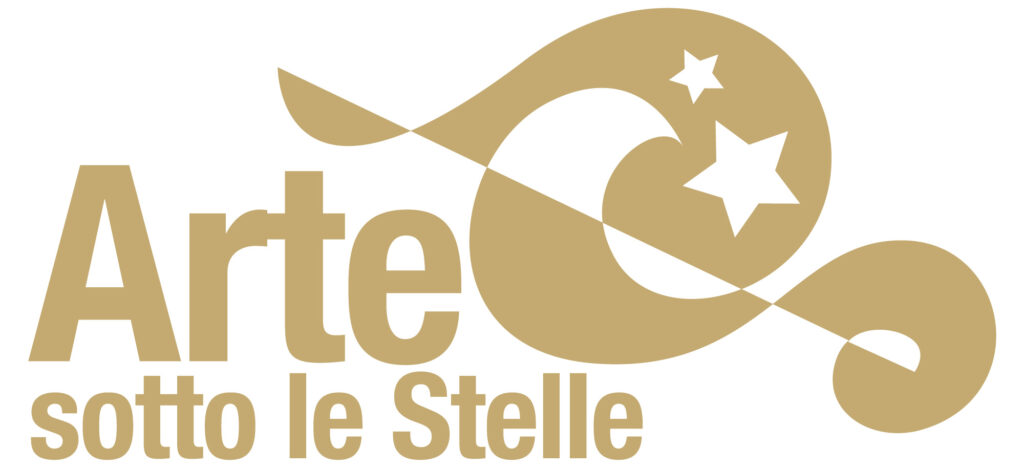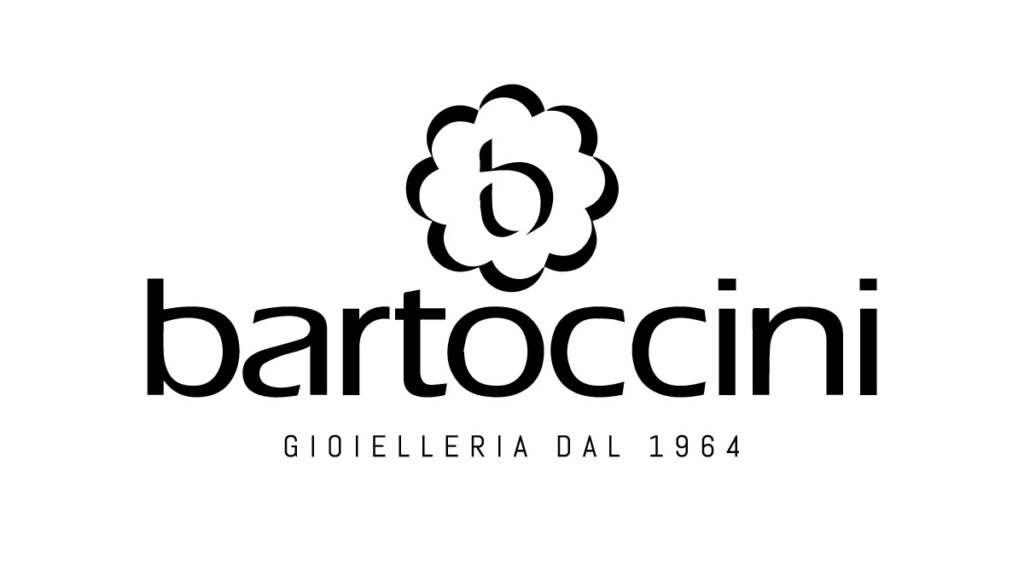Ascensione di Cristo e Eterno Benedicente – Musée des Beaux-Arts – Lione
Concepita come scomparto centrale del Polittico, la scena ritrae nel registro superiore Gesù in una mandorla di cherubini mentre ascende in cielo, attorniato da angeli cantori e serafini portanti festoni. Nella parte bassa, immersi nel paesaggio collinare morbidamente sfumato tipico della produzione del Perugino, la Madonna e gli apostoli assistono alla scena.
La composizione è piacevole, simmetrica ed equilibrata; tutte le figure sono concepite rifacendosi ad un’estetica classicheggiante, le espressioni sui volti sono pacate, lo stupore è sempre composto e mai espresso in modo eclatante. Le vesti, fortemente panneggiate e dai colori brillanti ma dolcemente sfumati, restituiscono un aspetto di elegante monumentalità ai personaggi.
La cimasa, prima dello smembramento del Polittico, si trovava appena sopra lo scomparto centrale rappresentante l’Ascensione di Cristo: la figura dell’Eterno è infatti rappresentata mentre si volge verso il basso, lo sguardo diretto verso la scena originariamente sottostante, la mano destra alzata in segno di benedizione. Ai lati, poggiate su dolci nubi appena accennate, completano la composizione una schiera di angeli e cherubini.
Dopo un primo smembramento del Polittico nell’ultimo decennio del Cinquecento ad opera dell’architetto Martelli durante i lavori di ristrutturazione della chiesa di San Pietro (per la quale era stata designato), nel 1797 nel corso delle requisizioni francesi alcune parti furono trasportate in Francia e non fecero più ritorno in Italia.
Sia l’Eterno Benedicente che l’Ascensione di Cristo sono infatti attualmente conservati al Musée des Beaux-Arts de Lione.










